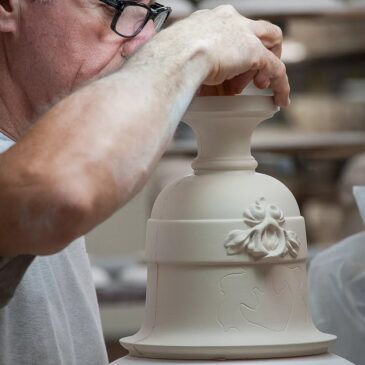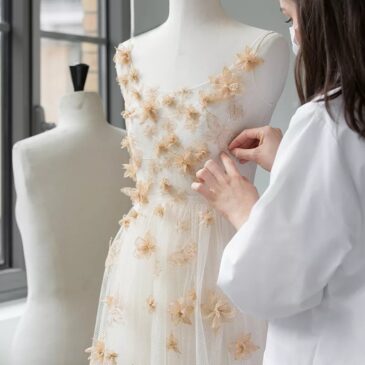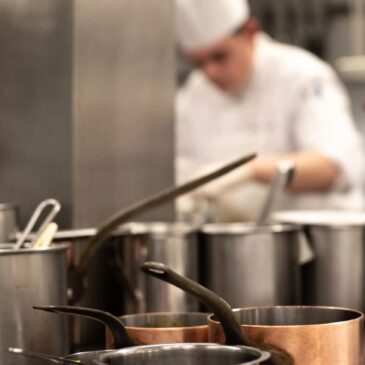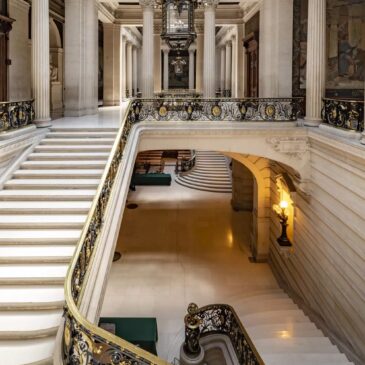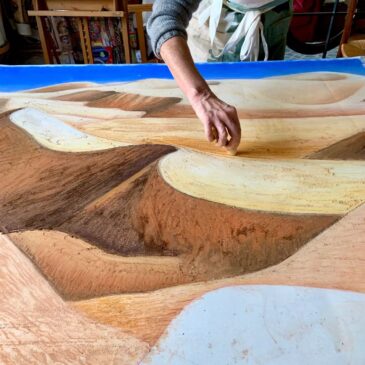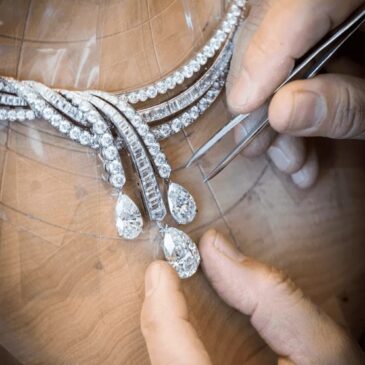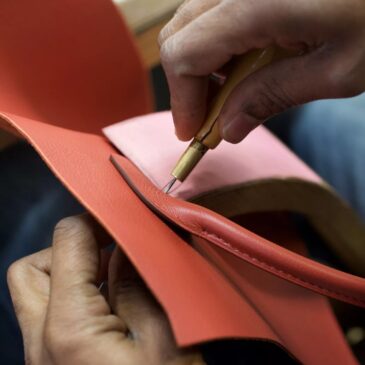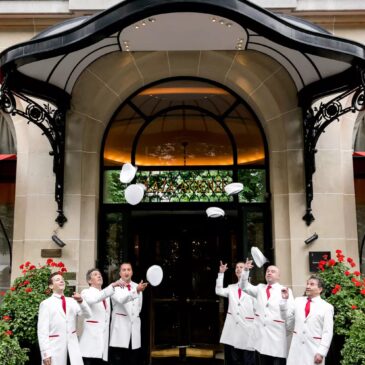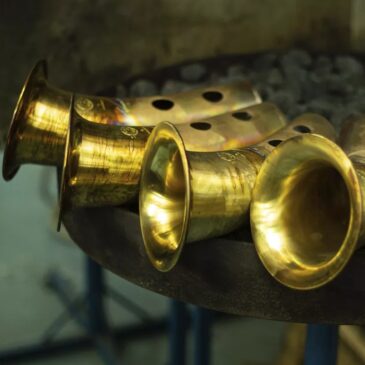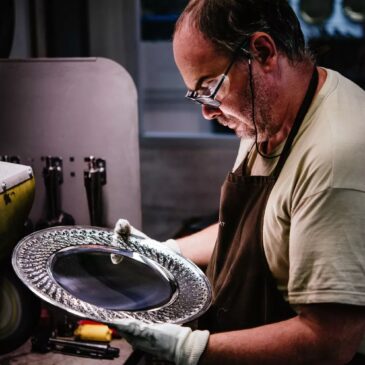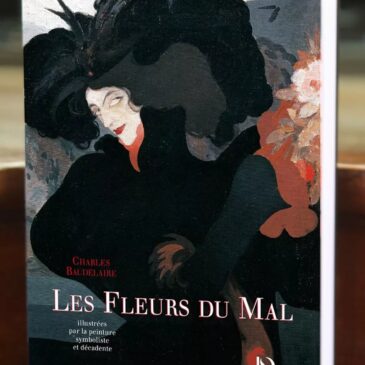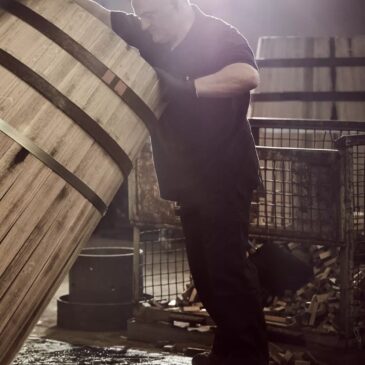Fragrance & Cosmetics
The aura of French fragrance asserted itself from the 17th century in the royal court of Versailles, taking the form of various fragrant accessories.
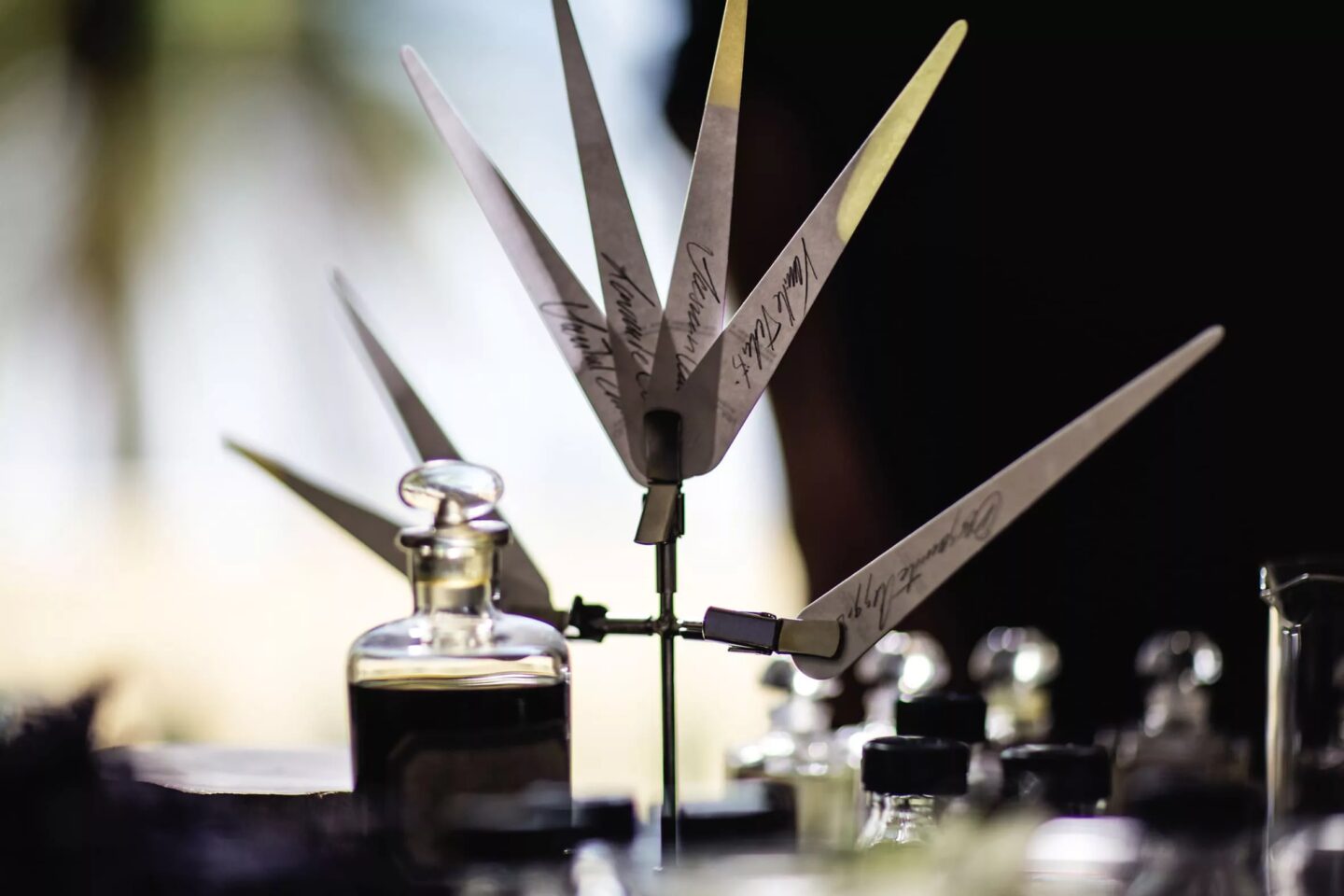
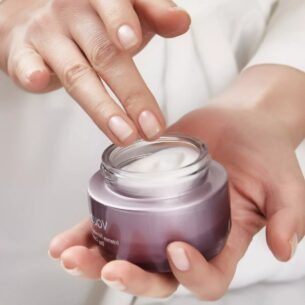
Dr Irena Eris 1983
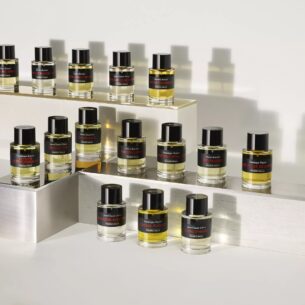
Éditions de Parfums Frédéric Malle 2000
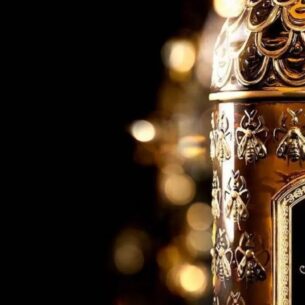
Guerlain 1828
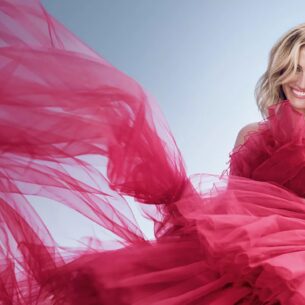
Lancôme 1935
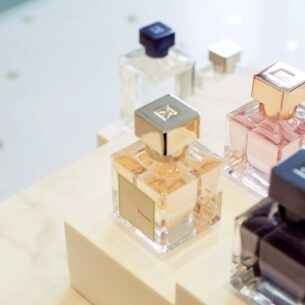
Maison Francis Kurkdjian 2009
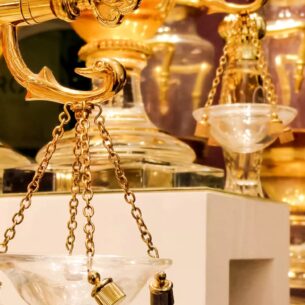
Parfums Caron 1904
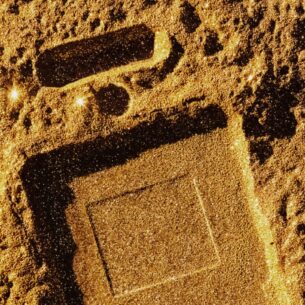
Parfums Chanel 1924
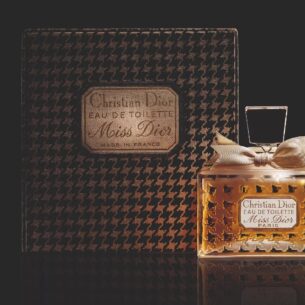
Parfums Christian Dior

Parfums Givenchy 1957
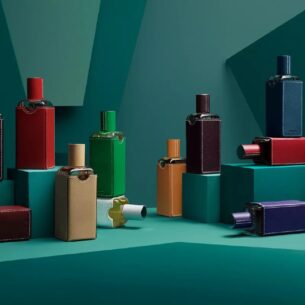
Parfums Hermès 1948
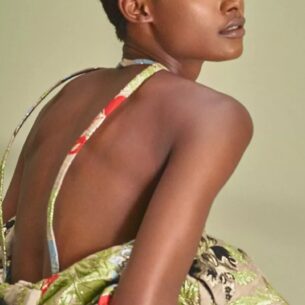
Rochas 1925
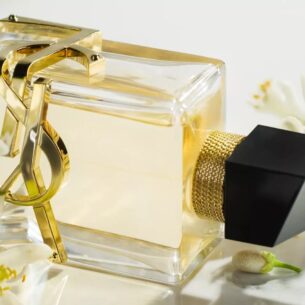
Yves Saint Laurent Parfums 1962
Louis XIV:
the “sweetest-smelling king”
The French fragrance industry truly began to flourish in the 17th century, a time when perfumers and glovers, who had been working as a guild since the 13th century and the reign of Philippe Auguste, finally obtained articles of association. In an effort to compete with Italy, Louis XIV and his minister of Finance, Colbert, promoted the industry by developing, in Grasse, large orange tree and scented flower plantations (rose, carnation, tuberose, violet and jasmine). Meanwhile, La Compagnie française des Indes (French East India Company) gave perfumers direct access to exotic plants. At the court of Versailles, the use of fragrant accessories, which took the form of sachets, fans, handkerchiefs, wigs, and gloves, was driven by the strict rules of etiquette imposed by Louis XIV, who, perfumed by Martial, was soon given the nickname the “doux fleurant” (the sweet-smelling king). Perfume was used just as much to hide foul smells as to purify the body.
The advent of
synthetic products
With the development of distilling devices and changes in taste, the French fragrance industry experienced renewed success in the 18th century, driven by an aristocracy who loved courtship parties (or “fêtes galantes”) and elegant dinners. It was at this time that the large perfume dynasties, such as Fargeon, Lubin, and Houbigant, appeared. In 1882, Houbigant, which had opened a boutique on rue Saint-Honoré, launched “Fougère Royale”. This was the first perfume to combine natural scented materials with a synthetic ingredient: coumarin obtained from tonka beans. A few years later, François Coty continued on this path with “Origan”, comprising an artificial violet scent: ionone. Although highly condemned, synthetic products gradually made themselves essential, allowing new artistic expressions.
Couture perfume
The arrival of designer-perfumers
The French fragrance industry was already enjoying international renown when fashion designers also embraced the métier. In 1911, Paul Poiret was the first to unite the two worlds by launching Les Parfums de Rosine. The Maison went on to create “Le Fruit défendu”, “Nuit de Chine”, “Sa chambre” and other fragrances. He also developed a network of artists to design the bottles. A true visionary, he opened up a new avenue for French fragrance.

